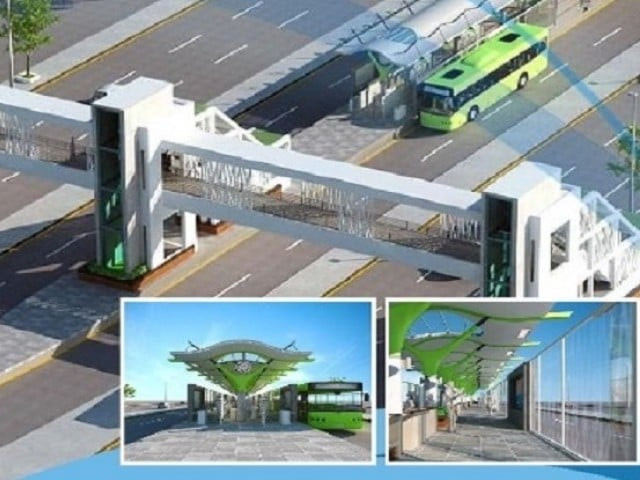
When it comes to transport, Karachi is in big trouble. This much is agreed by everyone. When it comes to finding a solution, there is hardly a consensus.
One term being thrown around for the past several years is the ‘mass transit system’, more specifically a Bus Rapid Transport System (BRTS). With several attempts to kick start such a scheme having backfired already, the development experts are now treading cautiously.
“Karachi is a graveyard for transport projects that have died out. What makes you think this one wont?” was Roland deSouza’s instinctive query at the workshop, arranged to discuss a proposal for the Red Line of the BRTS. The 31-kilometre corridor will run from Safoora to Tower and Sharae Faisal, via University Road, MA Jinnah Road and Sharae Quaideen.

Integration
Peter Armitage, the technical director of the Integrated Transport Planning (ITP) Limited, seemed to have thought this one through. The ITP have been hired as consultants by the Asian Development Bank (ADB) to plan the project. “The most important component for a mass transit system to work for Karachi is integration,” he stressed.
Armitage walked the audience, comprising civil engineers, urban planners and transport department officials, through his proposal for an overarching authority to look after the affairs of the whole mass transit system being planned for the city.
Need for an authority
Armitage laid out an organogram for the authority and proposed a hiring structure for the recruitment of experienced personnel. “At the moment, there are six bus rapid transport lines being proposed for Karachi,” he reminded the audience. “In the absence of an overarching authority to oversee their operations and regulate the services being provided to commuters, the service will crumble apart,” he said, hoping that the Sindh Mass Transit Authority bill will be presented in the Sindh Assembly by the beginning of next year, after which it will start functioning immediately.
But this in itself raises more problems for the developers. “Why is a city transport system being run by the provincial government?” questioned deSouza. “We have a legacy of infighting between the two largest political stakeholders. The last time the ADB was here in 2006, it was working on the BRTS with the city government,” he reminded Armitage. “At the time, the provincial government intervened and the ADB ran away.” His comments were met with silence.
What about the old?
Urban planner Arif Hasan presented another dimension of problems the ADB is likely to encounter. If they are able to set up the project, will they be able to endure the initial problems and glitches that are a norm with every project of such a grand scale? “You will have teething problems. For those, you will need to set up a research and monitoring system,” he suggested. “The projects that failed in Pakistan did so due to the lack of a monitoring system.”
Hasan’s main concern was the repercussions of realising the project without taking all the factors into consideration. “If this mass transit system is not linked to urban planning, it will devastate your city,” he warned. “I don’t see any links among the two in your presentation,” he told Armitage, before explaining his point further. “On MA Jinnah Road, which the Red Line passes through, there are scores of heritage buildings that will most likely be destroyed.” The real estate prices will shoot up because of the new infrastructure and people will sell their old houses for prime real estate elsewhere.
The warning brought out a smile from David Margonsztern, the ADB’s senior urban development specialist. “The project is not just a transport scheme,” he explained. “We want to redevelop the entire corridor, making it socially and economically more viable.”
Red Line
The corridor runs along 31.5km, with a total of 43 stations proposed along the route. The stations will generally be located 400m to 600m from each other, keeping in mind the weather conditions of Karachi that make it difficult for pedestrians to walk long distances. The main mode of access to these stations will be zebra crossings with traffic lights.
This proposal was met with another indecisive mutter from the audience. “You are proposing to install a traffic signal at every half-a-kilometre on a thoroughfare that is now signal-free?” deSouza asked incredulously. “How do you think the traffic will react to that?”

The Red Line’s main corridor, which will run from Safoora to Tower, will have 38 stations at an approximate distance of 500 metres each. Passengers will be able to access the stations at zebra crossings. MAP: COURTESY ADB
David agreed that the idea will take the corridor back from a signal-free one to a signalised one. He admitted that the traffic police will have to enforce the rules, encroachments will have to be removed and all illegal parking sites will have to be evacuated for the project to succeed. Roland responded that if this were possible, a major part of Karachi’s traffic problem will be resolved and there will be hardly any need for a BRT.
Hasan settled the matter with his characteristic short-handed advice. “You are creating a new city. This calls for a reorganisation of the city, not just along the corridor but also the rest of the metropolis.”
His suggestion opened the discussion towards resettlement options for the affectees. Since the project is being constructed along an already existing traffic corridor, there will be little displacement. The livelihoods that will be affected will be resettled and even enhanced where possible, explained Armitage.
Financially, the proposal is to separate the infrastructure and the vehicles. The infrastructure costs, estimated at just over Rs167 billion, will have to be paid by the government. The vehicles, estimated to cost around Rs21 billion, may be procured by private operators who will get their investment back through fare collection and other sources of revenue, such as advertisements.
If all goes according to plan, each trip on the Red Line will cost Rs35.
This will not be subsidised by the government and the operators will be able to cover their investment and make a good profit too. “The scheme is clearly viable,” said David. “The fare can be revised and subsidised by the government, even if only for specific groups such as the elderly or students.”
With the ADB and their consultants optimistic about the success of the project, it is now up to the Sindh government to establish the mass transit authority that can effectively integrate the different bus corridors and resolve Karachi’s traffic problem. Whether it has the political will to do so, only time will tell. For now, however, the BRT’s Red Line seems just within the grasp.
The case for the BRT
Karachi is the seventh largest metropolis in the world. It is also Pakistan’s gateway to the world, courtesy of its sea port. What started as a small fishing village over two centuries ago, saw a rapid influx of migrants post-independence.
This rapid population explosion has left the authorities grappling. One of the worst-affected is the transport sector, with hardly any investment having been made by the administration to cater to the growing number of commuters.
With over 24 million trips being made every day, the city’s frail transport network struggles to cope with the commuters, resulting in traffic jams and road accidents. “A ride on the bus is no less than exposing yourself to the jaws of death,” comments an elderly citizen in a video produced by the ADB to make their case for the BRT. Buses carry almost 56 per cent of the commuters. But they are in a bad shape. What Karachi needs is a planned, schematic, time- and cost-effective mechanism to transport its commuters from one end of the city to another. And the BRTS has been proven to provide just that.
Published in The Express Tribune, October 3rd, 2015.
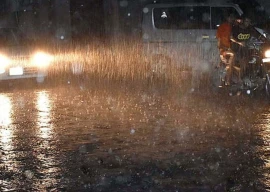

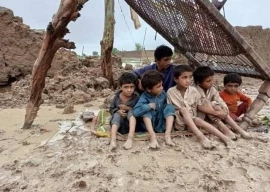


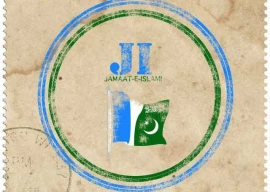
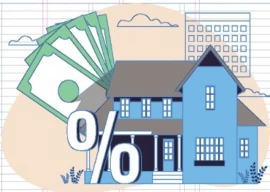
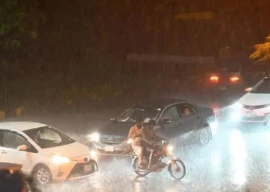


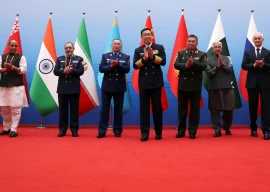







COMMENTS
Comments are moderated and generally will be posted if they are on-topic and not abusive.
For more information, please see our Comments FAQ